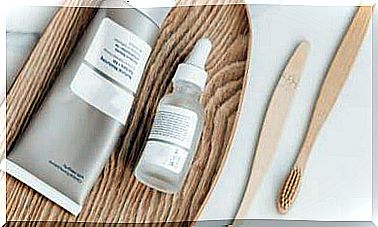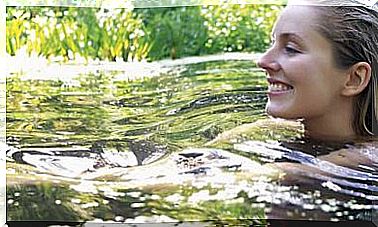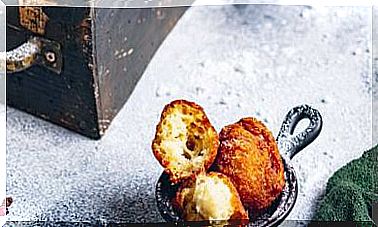8 Methods To Avoid Snails And Slugs Without Killing Them
We explain how you can make these annoying tenants of the orchard and garden leave them without damaging them. Without chemicals or other aggressive methods.

Hungry snails are not welcome in the garden. As soon as it gets dark, snails and slugs come out of their hiding places and enthusiastically pounce on delicate garden vegetables like lettuce, other greens or flowering plants.
Most of the homemade tricks to get rid of them don’t do much. We explain which ones are really effective.
Not all snails cause harm
Some of the snails that we find in the garden do not pose a threat to flower beds and vegetables. Most shell snails cause practically no harm , because they feed mainly on dead plant material and not on young plants.
Species that cause problems in orchards are the Spanish slug, the garden slug, and the field slug. All of them are nudibranchs.
- The Roman snail even helps control the infestation of nudibranchs, as it eats their eggs.
- The white-lipped snail (these are the cute little house snails) do not cause any noteworthy damage in the garden.
- The tiger slug is the natural enemy of the Spanish slug. The four to eight inch long nudibranch eats parts of dead plants and animals, as well as the eggs of the Spanish slug.
Fight snails and slugs
It is best to combine several measures against snails and slugs:
- Water the plants in the morning, as selectively as possible. The drier the subsoil around the plants, the more difficult it will be for pests to reach their destination.
- A garden that welcomes the greatest diversity of life is also a protection against snails. Wherever hedgehogs, mice, birds, worms, and beetles feel at home, snails (and their clutches of eggs) are less likely to survive.
- Frame your vegetable and ornamental beds with a border made of grass, bark mulch, sawdust, sand, rock meal, or lime.
- Use a snail fence that has an outward curved edge so that they fall off before going through.
- Coffee helps repel snails and slugs. Low concentrations prevent animals from eating or driving them away, higher concentrations are even fatal. This is due to caffeine, which probably acts as a neurotoxin. Sprinkle lots of coffee grounds around the plants that are worth protecting. You can also sprinkle very strong coffee on the leaves.
- Place rhubarb leaves or halves of orange or grapefruit peels on the ground, under which snails and slugs can find shelter. You can collect them in the morning to take them to another place (away from your plants).
- A raised urban garden or a raised cultivation table makes it difficult to access beloved vegetables.
- Lay out damp boards in the garden at night and collect any snails and slugs that have settled on it the next morning.
Beer traps should not be placed
We advise against the use of beer traps. They are glasses sunk in the ground that are filled with beer. This drink successfully attracts snails and slugs, but the snails fall into the container and drown there. It is not necessary to end the life of these animals.
On the other hand, the beer also smells tempting to snails and slugs from your neighbors’ garden. In this way, more snails are attracted than without the beer trap.
Plants to avoid if you fight snails and slugs
Snails love young green leaves. If you want to prevent snails, it’s best to avoid lettuce and spinach, or plant them in a raised bed or planter. Snails also like to eat the flowers of many ornamental plants.
Plants that contain bitter substances or poisonous ingredients, have hard or hairy leaves or thorns are not popular with snails, such as the following:
- Aster
- Savory
- Fern
- Sedum
- Geranium
- Nasturtium
- Poppy
- Parsley
- Peony
- Radish
- pink
- Rosemary
- Beetroot
- Sage
- Chive
- Celery
- Thyme
- Tomato
- Onion









